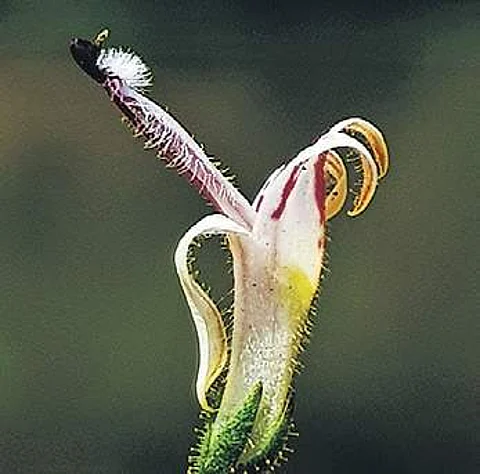Herbal remedy for a vicious virus
CHENNAI: Dengue fever is considered as one of the most lethal illnesses in the tropical regions of the world as it affects more than 400 million people yearly. In modern medicine, so far, there is no vaccination recommended against this fever caused by four types of viruses. However, the recent development in our traditional health systems prescribes a couple of herbs to prevent dengue fever.
Nela bevu (in Kannada), is one of the prime medicinal plants used as preventive measure against dengue. Nela bevu means herbaceous Neem tree, that denotes its bitter-tasting property; the names in Sanskrit (Bhu nimba), Tamil (Nila veambu) and Telugu (Neala Veappa) also represent the same meaning. The decoction of aerial parts of Nela bevu is administered orally to prevent dengue fever. The entire plant is used in cases of burning sensation, influenza, itches due to poisonous bites, wounds, ulcers, chronic fevers, malarial and intermittent fevers, inflammations, skin diseases, intestinal worms, diarrhoea and dysentery.
Known as Andrographis paniculata (Burm.f) Wallich ex Nees in science, is a herb, which is up to 60 cm tall. Stems marked with striate are acutely-angled. Leaves are 2-8 cm in length and 0.5-2.5 cm in breadth, and ovate-lanceolate, which are acute at both ends. Smooth leaf-stalks across a length of two to five millimetres. Inflorescences are panicles, terminal, spreading up to 16 cm in length and 10 cm in breadth along with one to four centimetre long stalks. Flowers are 5 mm across with a white with pink/purple tinge, tubes which are 5 millimetres long and glandular-hairy. Fruits are capsules of 1.9 cm in length and 0.3 cm in breadth with linear-oblong acute at both ends and minutely hairy. Seeds are 6-12 in number and a length of 2 mm across, sub-quadrate, yellowish-brown and seated on a special type of hook-like structure known as retinacula.
These dry fruits dehisce on complete maturity or burst open in contact of water. The retinacula acts like a lever and eject the seeds to a distance in order to prevent the competition among so many seeds. In India, it occurs in the plains and in dry deciduous to semi-evergreen forests as undergrowth.

